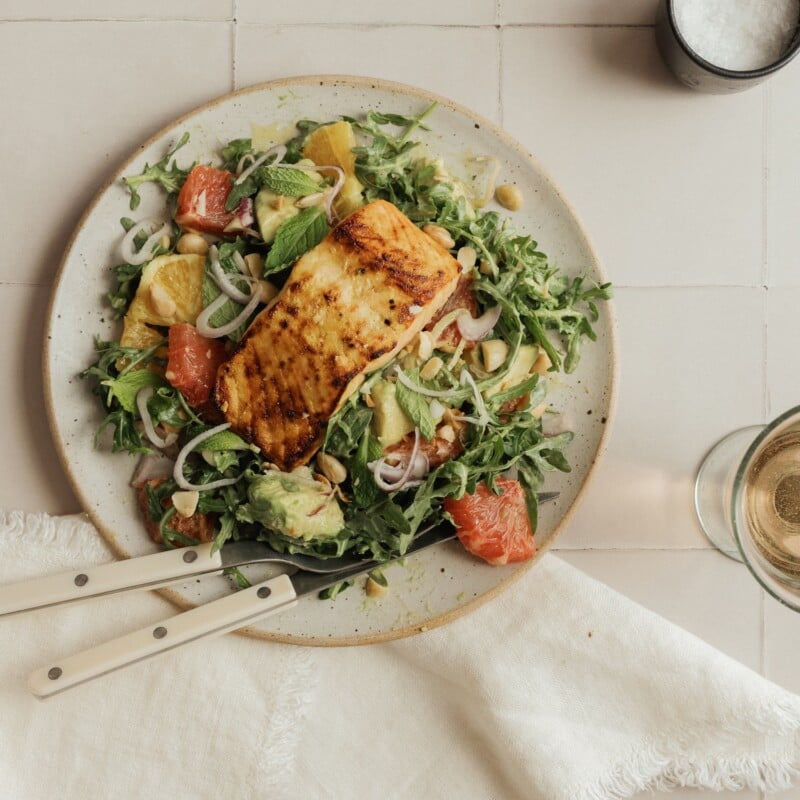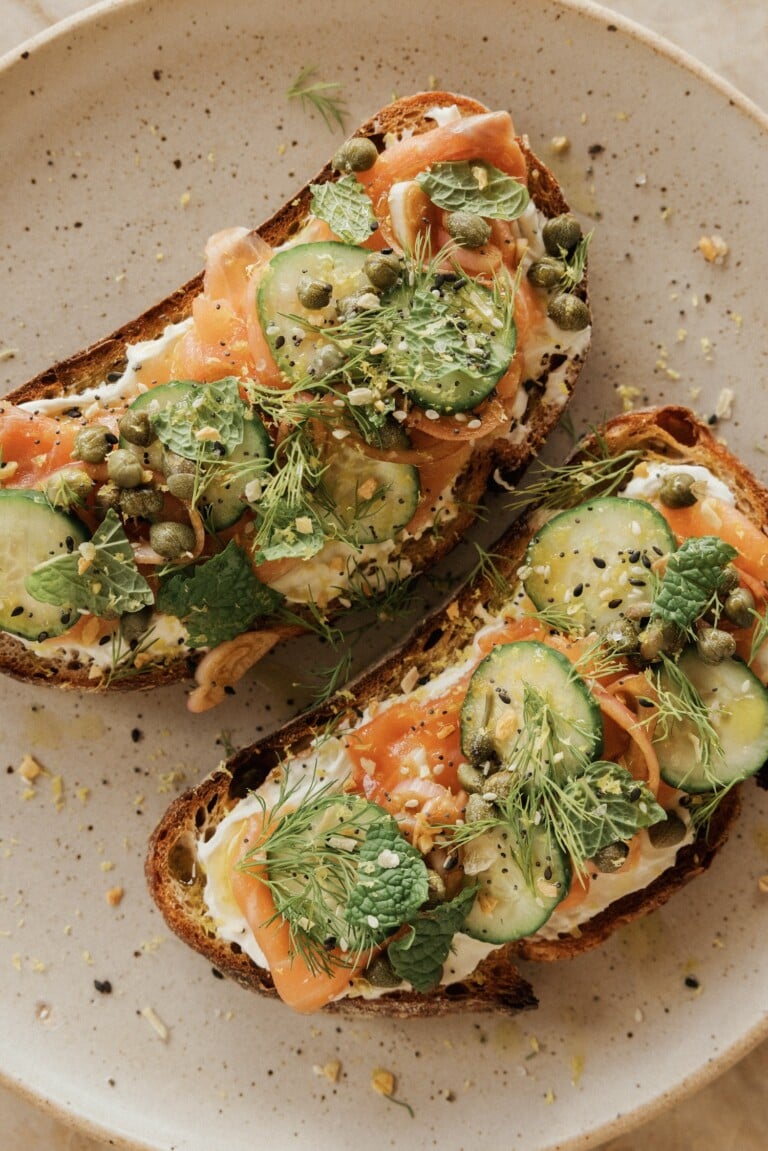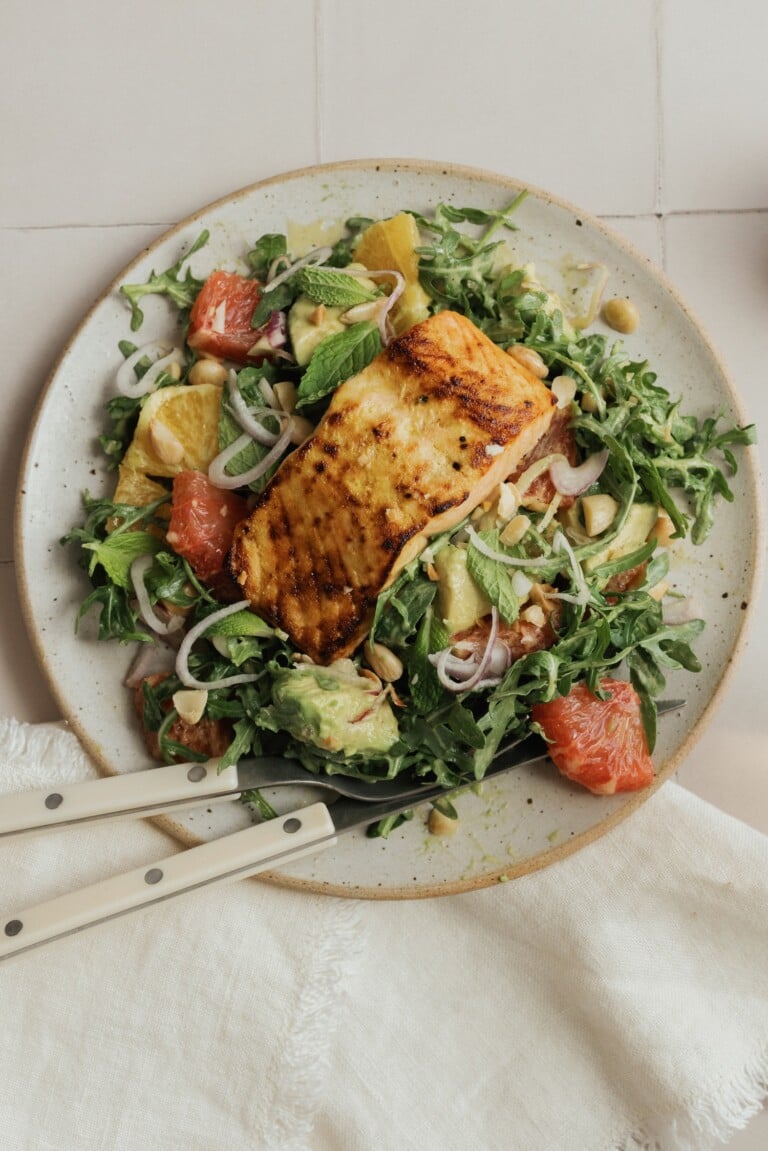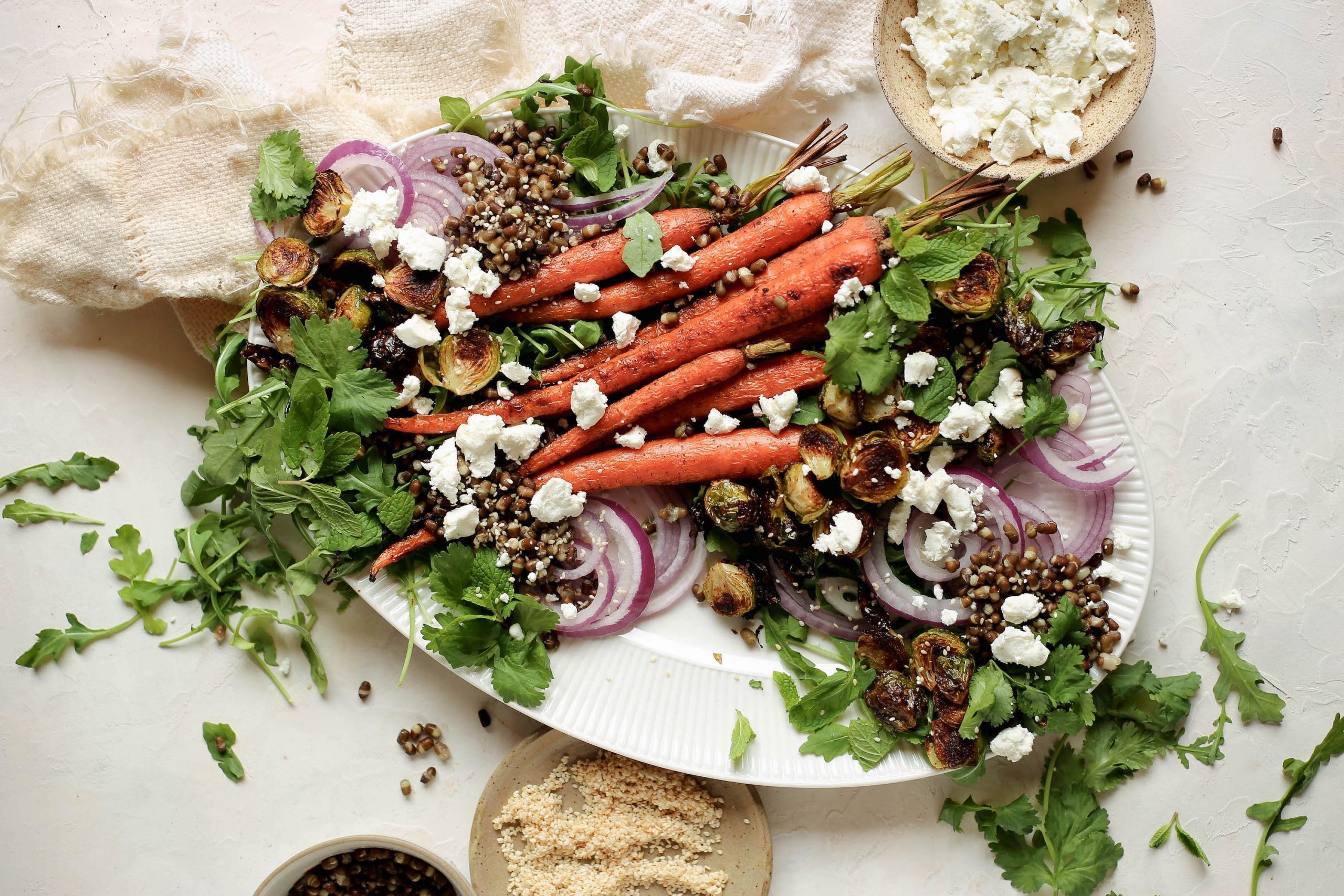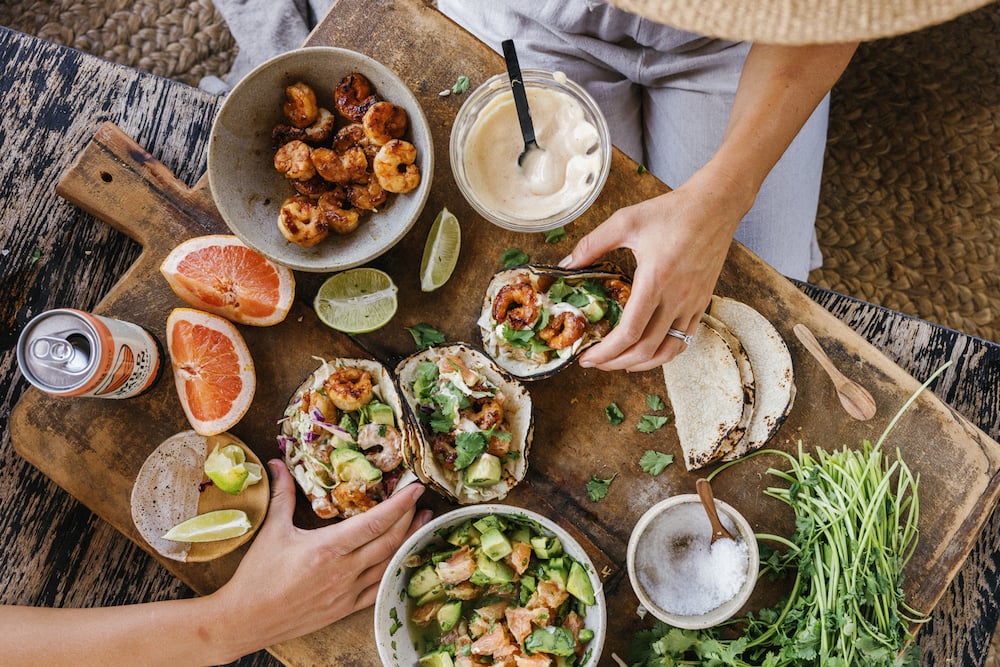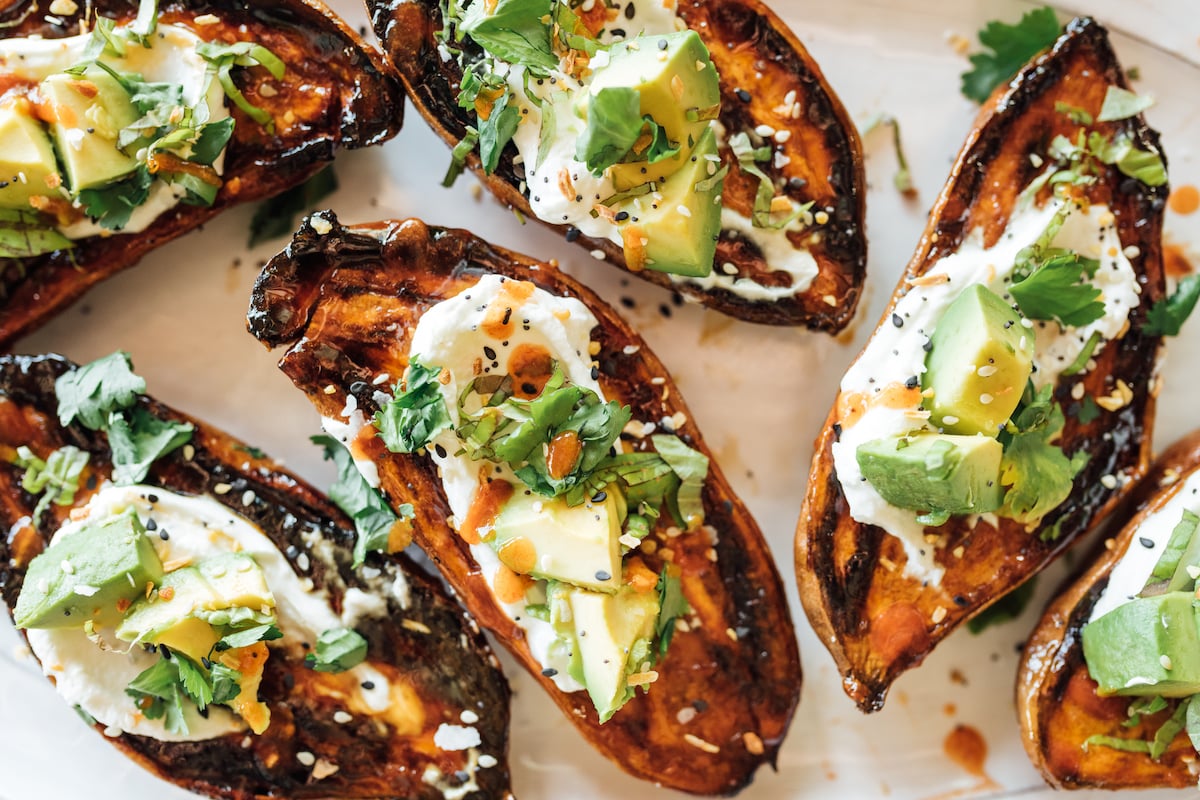When it comes to achieving clear, glowing skin, we often focus on what we apply on our skin before considering what we put in our bodies. From acne-fighting cleansers to ultra-hydrating moisturizers, the skincare industry offers endless options. But here’s the truth: even the best topical products can only do so much if your diet isn’t supporting your skin from the inside out. Your complexion is a direct reflection of your internal health—and that starts with what’s on your plate. A nutrient-rich, balanced diet does more than fuel your body—it’s the foundation for radiant, blemish-free skin. That’s where a targeted acne diet plan comes in.
Scientific research continues to show the powerful link between nutrition and skin health. Antioxidants, omega-3 fatty acids, and low-glycemic foods can significantly reduce inflammation and help clear breakouts. Simply put, a well-rounded, clear skin diet can be one of your most effective tools for fighting acne. While genetics and skincare habits also play a role, choosing skin-supportive foods is a game-changer. Below, we’ll explore how food affects your skin—and share a simple, delicious acne diet plan to help you glow from the inside out. Taking care of your skin has never tasted so good.

What Causes Adult Acne?
At Camille Styles, we’re unabashed skincare lovers. We talk about skincare the way we talk about food—because it’s both fun and functional. What goes in and on our bodies is essential to our well-being.
That said, while we care deeply about these things, we don’t have perfect skin. No one does! Acne, blemishes, wrinkles, and dark spots are part of the human experience. It’s helpful to understand where these conditions come from—particularly acne.
Acne typically develops from a combination of factors: excess oil production, clogged pores, bacteria, and inflammation. Hormonal changes can also play a significant role by affecting the skin’s oil production. Certain medications, as well as hair and skin care products (the more natural, the better!), can also contribute. Finally, everything from genetics to pollution, smoking, and stress has been linked to acne.


Is there a correlation between food and breakouts?
All of that said, we can’t talk about acne without talking about food. Diet matters. In fact, certain foods can promote inflammation throughout the body, thus triggering acne outbreaks. While the current research only detects an association between diet and acne—and not a causation—there’s still plenty of anecdotal evidence to suggest the correlation between food and breakouts.
Interestingly, a relatively new study found a correlation between the chances of having acne and the consumption of the following foods:
- High-fat foods (including conventional milk and meat)
- Sugary foods and beverages
To summarize—a higher intake of high-fat, high-sugar foods was associated with a higher incidence of acne. That said, it’s important to note that dietary records can be faulty. It’s also possible that other factors were also at play (pollution, hormonal changes, stress, lack of sleep, etc.).
Looking for more gut-friendly habits to improve your health? Check out this guide.
Foods That Cause Acne
When it comes to identifying foods that trigger breakouts, it’s not one-size-fits-all. Just as figuring out what works for your digestion takes time and attention, so does understanding how your diet impacts your skin. Everyone is different—your breakout triggers might not be the same as your coworker’s, best friend’s, or sibling’s. That’s why an acne diet plan can be so helpful. Start by observing how your skin reacts to common culprits like yogurt, cereal, cake, and hot dogs.
Generally speaking, foods with high sugar content can spike insulin levels. And when insulin is elevated, it can throw off hormone balance—one of the significant factors that affect skin health.
Sugar
Sugar is a key consideration in any effective acne diet plan. Refined sugar—like cane sugar—breaks down into simple carbohydrates that are quickly absorbed into the bloodstream, raising blood sugar levels. This spike triggers the release of insulin, which helps move excess sugar into your cells. The downside? This process can lead to inflammation, which may contribute to acne development.
High-Glycemic Foods
Refined grains and white flour products—such as white bread and pasta—can also raise blood sugar quickly. These simple carbohydrates convert into glucose fast, which your body uses for energy. But high-glycemic foods, especially when not balanced with protein or healthy fats, can cause insulin spikes. Over time, this can increase the activity of androgen hormones, speeding up cell growth and sebum production—two key contributors to acne. For a skin-friendly acne diet plan, focus on low-glycemic carbs like vegetables, legumes, and whole grains.
Dairy Products
Milk—even organic varieties—contains hormones that may trigger acne, including precursors to testosterone and other androgens. Cow’s milk and whey protein, in particular, have been linked to a higher risk of breakouts. However, research is less clear when it comes to dairy-based foods like yogurt and cheese. If you consume a lot of dairy and struggle with persistent acne, consider eliminating it for a few months. As part of your acne diet plan, try substituting with low-glycemic, non-dairy alternatives like unsweetened almond, hemp, or coconut milk.
Does chocolate cause acne?
For decades, we’ve been told that chocolate and greasy foods are acne villains. Turns out, that’s not the case. In fact, no modern science has found a clear link between acne and fatty or oily foods. While this isn’t your free pass to load up on cheeseburgers, fries, and chocolate cake every day, rest assured you can have healthy skin and enjoy life’s most crave-worthy foods. Yes, an acne diet plan can include your favorite chocolate-y energy bites and chocolate chip cookies.
Foods To Eat For Clear Skin
On a routine basis, supporting your skin requires supporting your cells. Said differently: We want to focus on eating real, whole foods—foods in their most natural state. These ingredients are natural, simple, and come from the earth (or they eat what grows on the earth). These foods have existed for thousands of years, nourishing our ancestors. They’re often one-word foods or have labels that list a handful of ingredients—all of which are easy to read. These foods include avocados, berries, eggs, wild-caught salmon, sweet potatoes, and more. Below are specific macro and micronutrients to incorporate in an acne diet plan. If getting to the root of the problem is on your to-do list, check out this guide to balancing your hormones naturally.
- Complex carbohydrates. Creating a balanced plate is essential for maintaining stable blood sugar levels, and that includes choosing complex carbs over simple ones. Think: quinoa, 100% whole wheat bread, brown rice, legumes, fruits, and starchy vegetables.
- Probiotics. A healthy gut plays a key role in reducing inflammation, which in turn helps minimize the appearance of acne. While probiotic supplements can be beneficial, you can also get probiotics from fermented foods like kefir, yogurt, tempeh, sauerkraut, kimchi, and more.
- Turmeric. Turmeric contains curcumin, a powerful antioxidant known for its anti-inflammatory properties. It can help calm the skin and target pores, potentially reducing breakouts. Turmeric is also recognized for its ability to fade scarring. Using it both orally and topically may support clearer skin.
- Omega-3 fatty acids. Foods like salmon, walnuts, and flaxseed are key components of a skin-friendly diet. These essential fatty acids support healthy cell membranes, which serve as protective barriers and regulate the flow of nutrients. Notably, one study found that individuals who took daily omega-3 and antioxidant supplements saw improvements in both acne and mental health.
- Vitamins A, C, and E. Studies show that a deficiency in vitamins A and E is linked to more severe acne. Foods rich in vitamin A include tuna, mackerel, liver, cream and feta cheese, butter, and eggs. For vitamin E, look to almonds, peanuts, avocados, and broccoli. Vitamin C, known for its soothing properties, can be found in citrus fruits, papaya, and tomatoes.
- Zinc. Research indicates that people with low zinc levels may be more prone to acne. Consider incorporating zinc-rich foods like legumes, beans, seeds, high-quality animal protein, and shellfish into your diet.
Tips Before Starting an Acne Diet Plan
Before getting started, skim through this checklist.
- Fuel up on whole foods. Eat plenty of healthy whole foods, like legumes and beans, nuts and seeds, fruit, starchy carbs, and whole grains. These contain slow-digesting carbs and fiber, helping you feel satiated. Don’t forget healthy fats, like coconut oil and avocado.
- Opt for high-quality meat and dairy. To help you get your zinc, consider red meat, like lamb and beef or fatty fish (salmon) and shellfish.
- Chat with your dermatologist (or esthetician). Make sure your doctor is on board! He or she may already know which foods cause your breakouts to worsen.

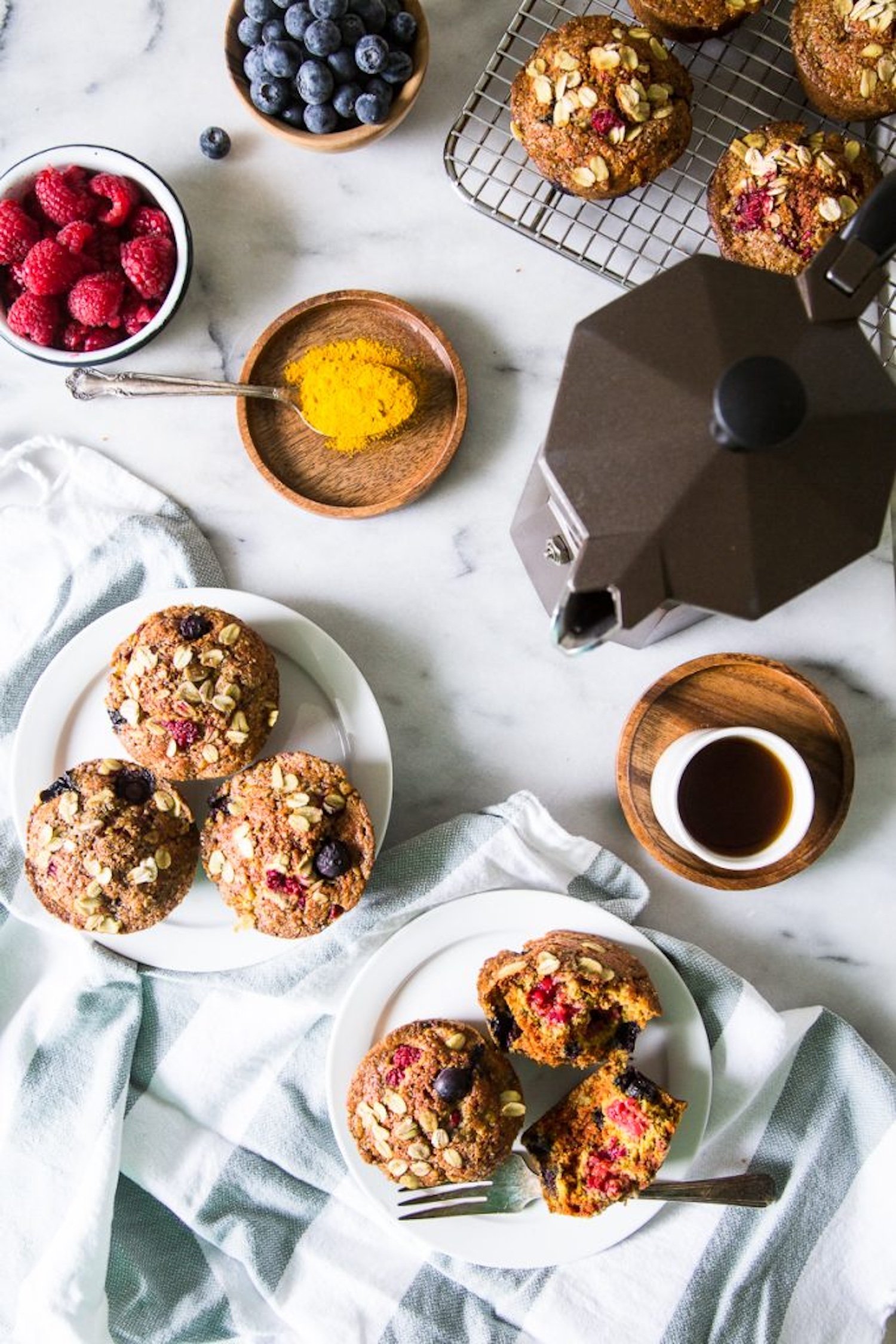
7-Day Acne Diet Plan
Wholesome, delectable—and very colorful—this acne diet plan is packed with nourishing foods, made with fridge and pantry staples. Happy eating!
Monday
Anti-Inflammatory Berry + Turmeric Muffins
Try these delicious fruit-filled muffins with two scrambled eggs in ghee, coconut oil, or extra-virgin olive oil.
Plant-Based Grain Bowls
Thai Chicken Salad
Tuesday
Plant-Based Grain Bowls
Thai Chicken Salad
Enjoy your leftovers from Monday!
Wednesday
Anti-Inflammatory Berry + Turmeric Muffins
Chocolate Green Smoothie
Thursday
Friday
Anti-Inflammatory Berry + Turmeric Muffins
Turmeric Chicken Immunity Soup
Chimichurri Fish Tacos
Saturday
Turmeric Chicken Immunity Soup
Sunday
This post was last updated on April 18, 2025 to include new insights.


